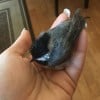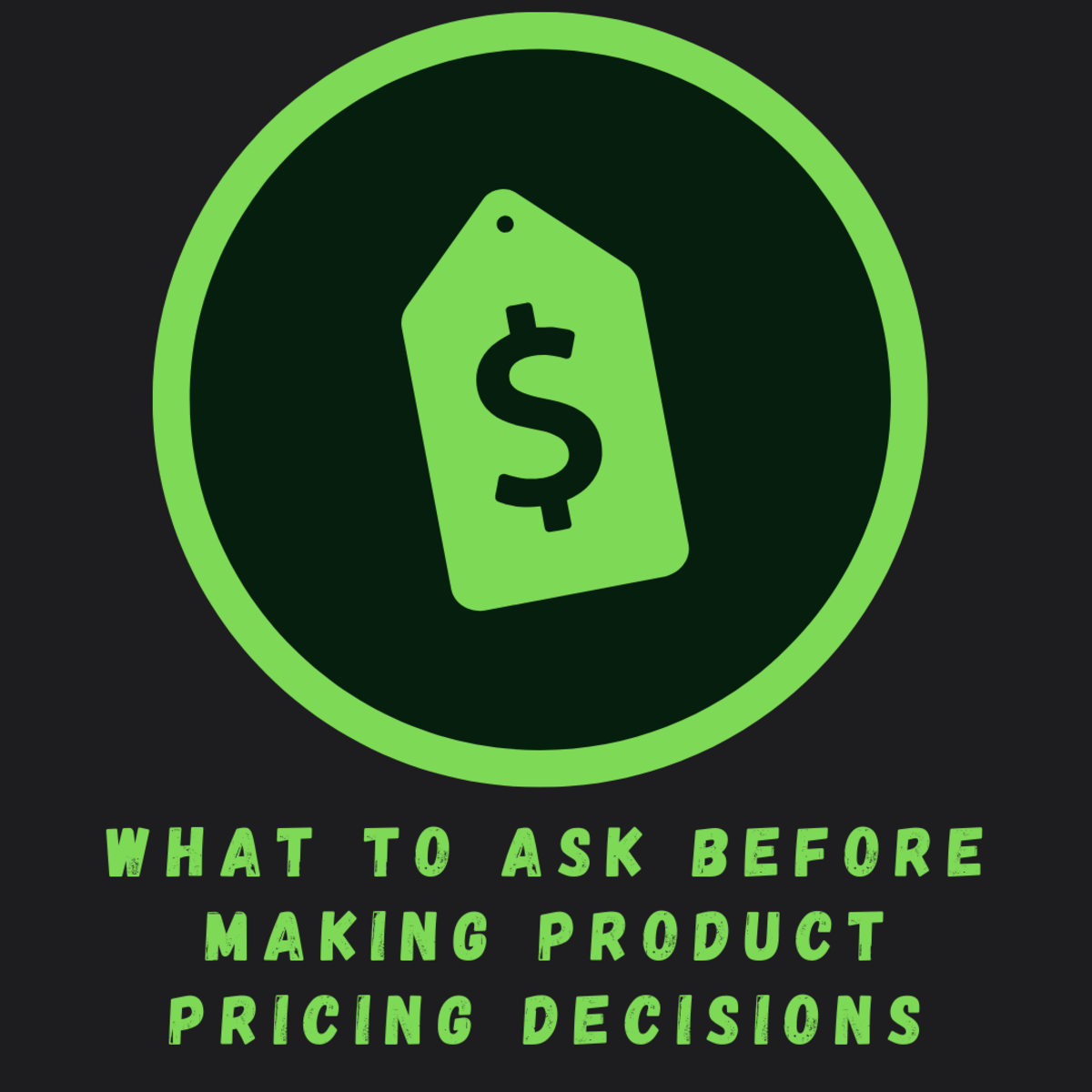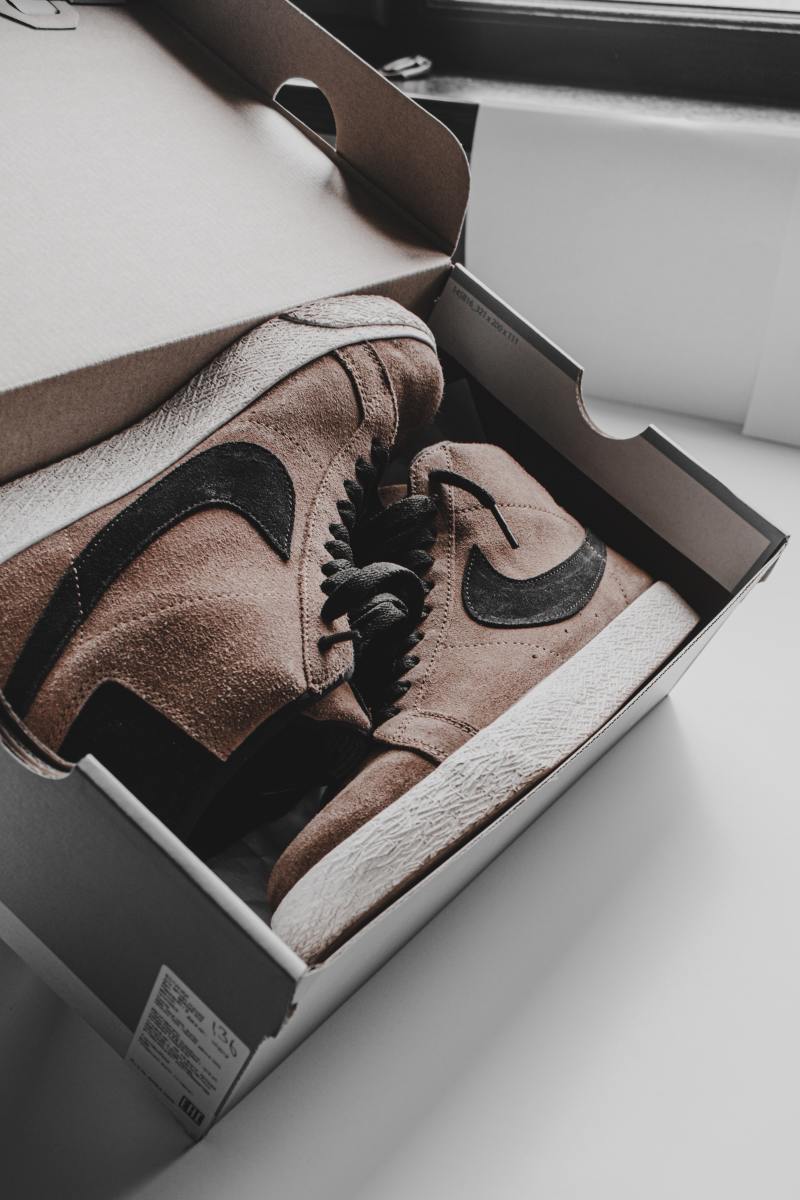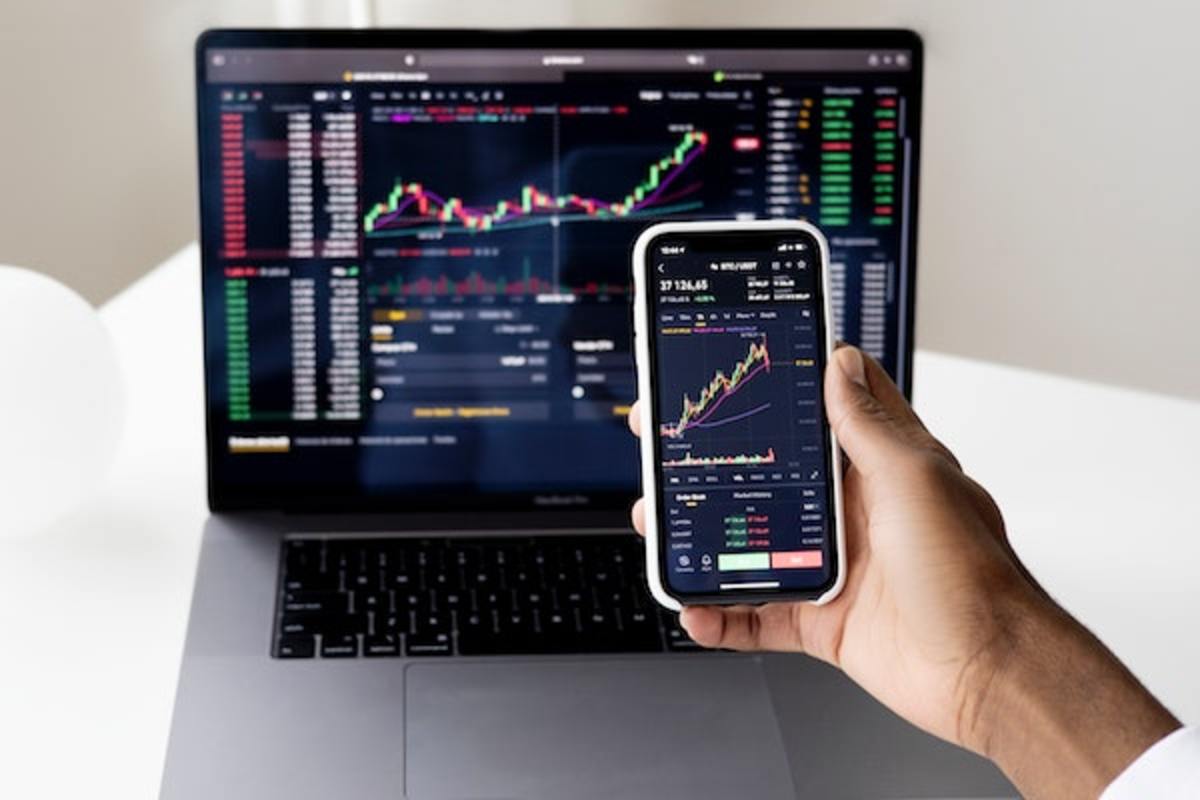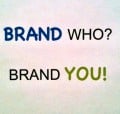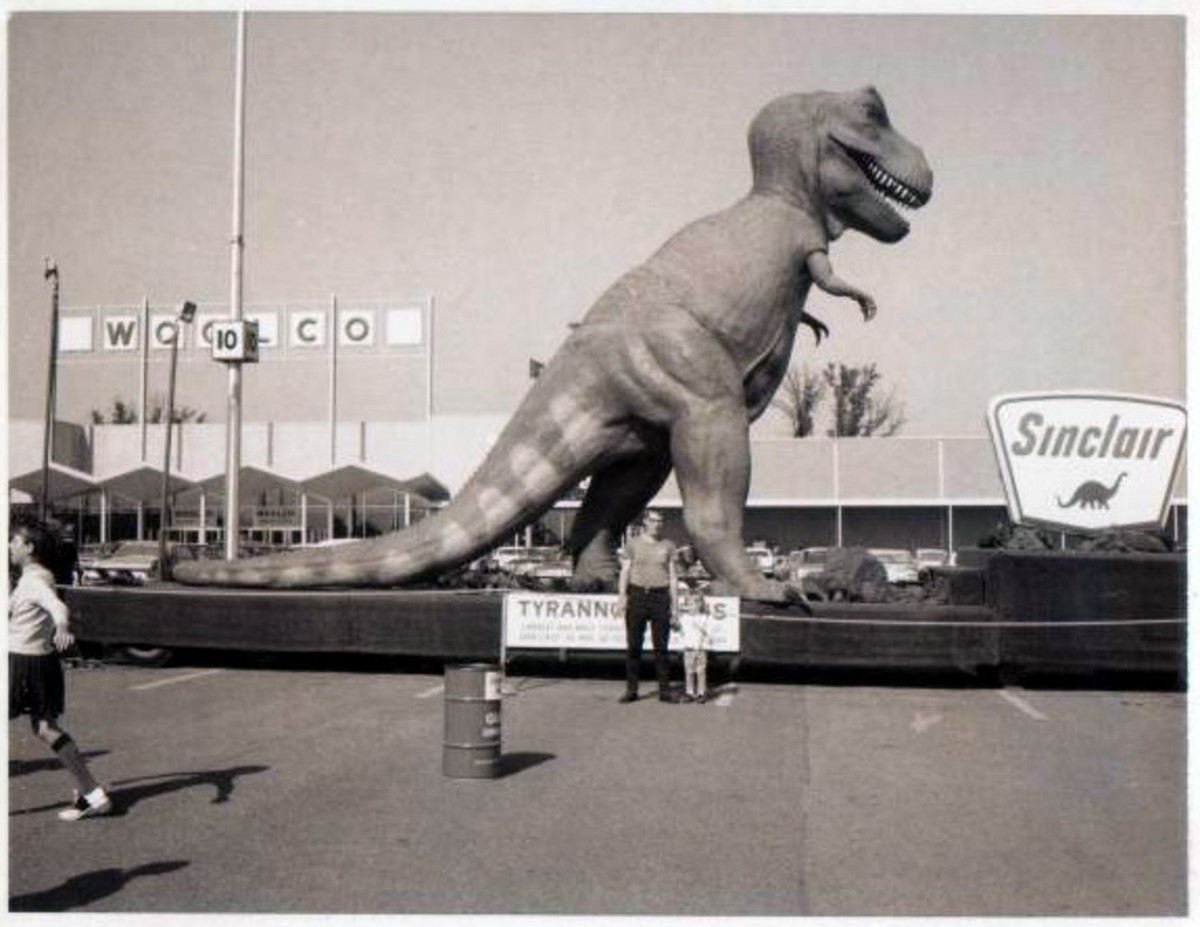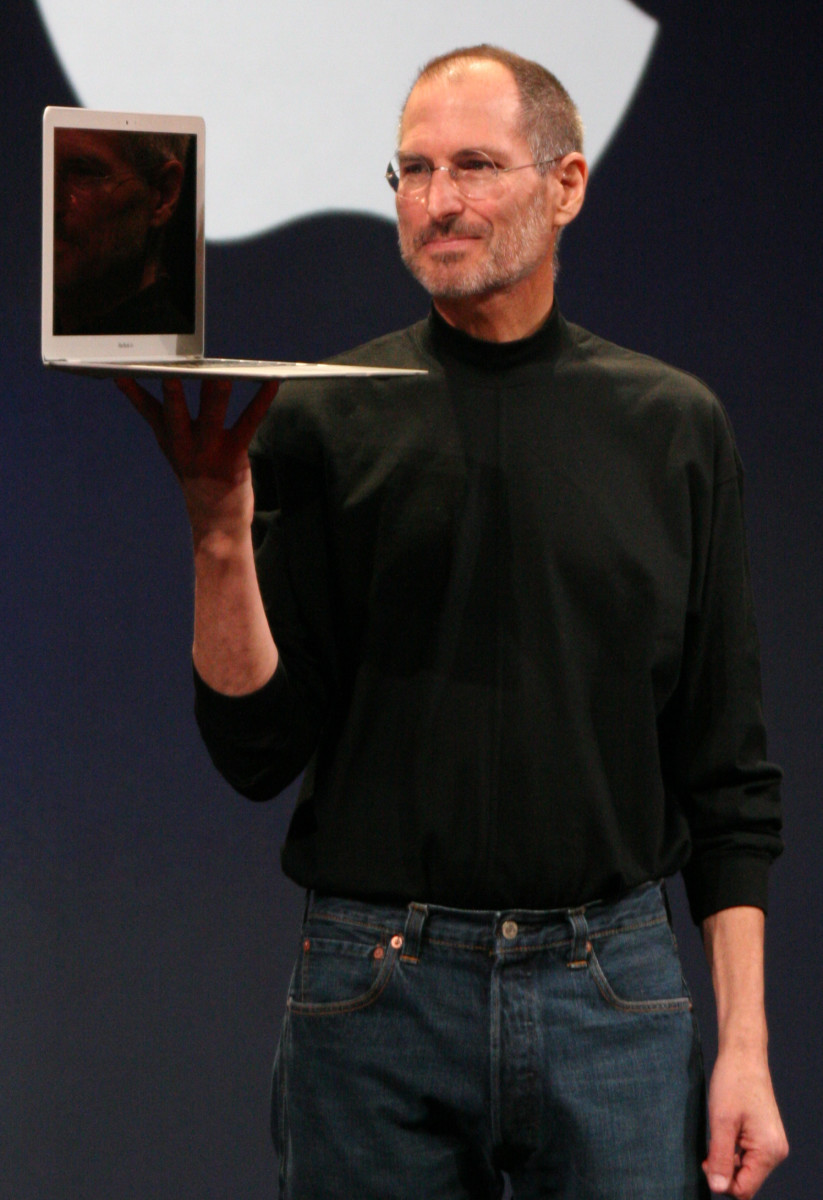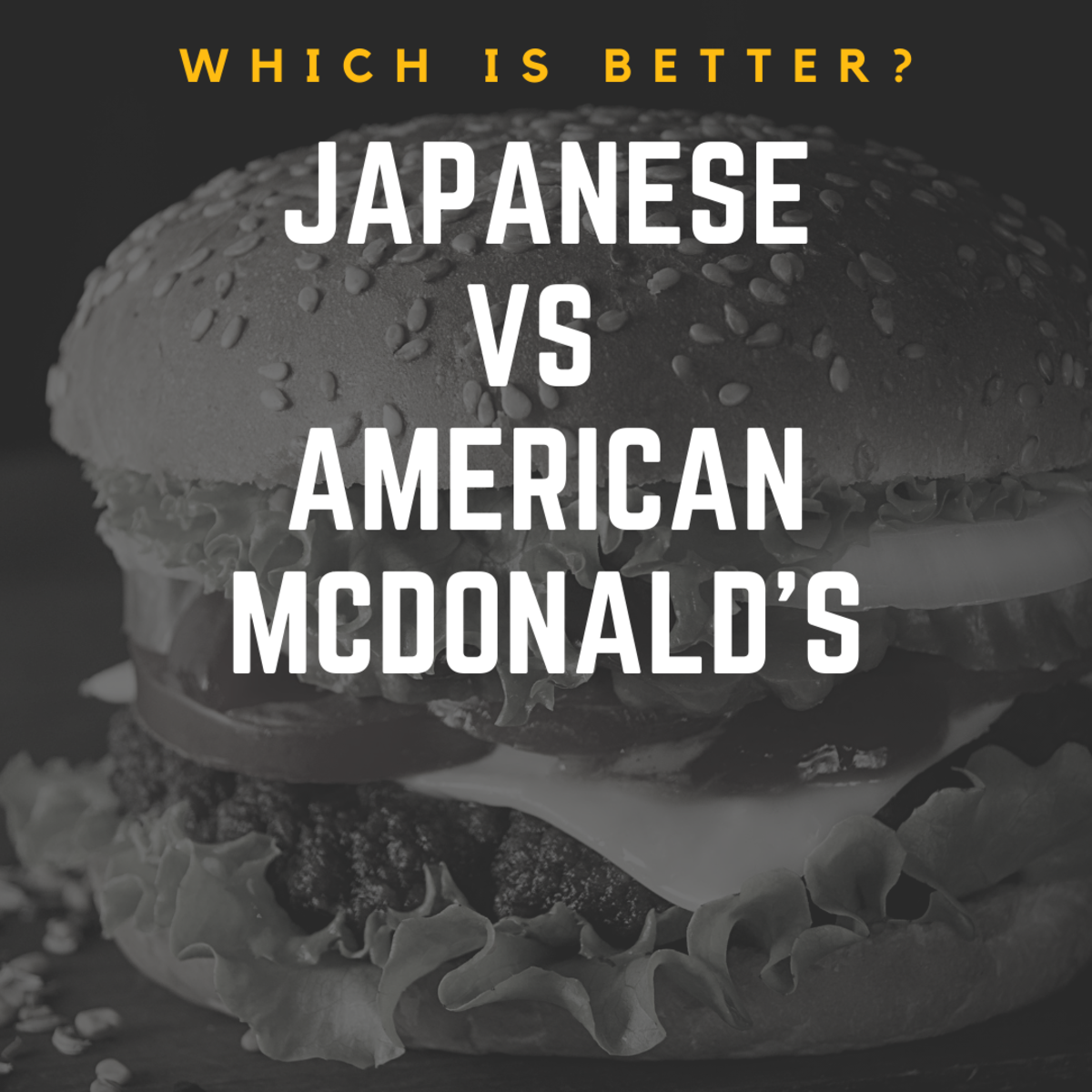The history of snapple
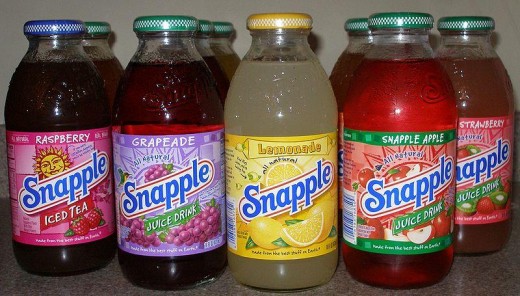
Brew your own Tasty Tea.
Snapple originally started as a part time business in the 1970’s, and once it produced a better tasting iced tea product in the 1980’s, it grew dramatically.(reference for business.com). Snapple believed that if the product was good than consumers would buy it. This was one of the many things that Snapple did wrong when it came down to the success of the business. We will look further into this in the following paragraphs, and a team conclusion will be drawn from all the facts.
Snapplebeing a new business tried many things at first to help the business be successful. One of the things they did was put together a great giveaway contest. At first this seemed like a great idea, and a way to get consumers to try the new product. However, as we look forward into their marketing strategy we will find that it wasn’t such a great idea. Snapple’s great giveaway was implemented during the height of the selling season (Robert F Hartley, 2008). Had Snapple really wanted to make an impact on the selling season, they should have started the giveaway sooner, like late March, early April.
If businesses rely on warm weather for the bulk of their sales, you plant the seed of sales before the summer arrives, not during. East Cost consumers probably slow down their cold beverage buying habits after September, when the weather starts cooling down.
Snapple also gave away full 16 ounce samples to consumers instead of actually giving away sample sizes like Dixie cup samples. This allotted for tons of consumer waste, especially since the consumers were not allowed to take the remainder of the sample with them.
The question lies- How quick can you drink a full 16 ounce drink and axially enjoy it? The result from this error was unhappy consumers and product wastefulness for Snapple. If Snapple would have given away smaller size samples, than perhaps potential consumers could have tried more flavors which could of sparked interest in the line of beverages that they could have purchased from retailers..
If we take a look at what Snapple , and really look good at their marketing plan- we would realize that perhaps there plan needed a little bit of consumer feedback. Snapple could have set up informational booths at selected retailers simply for the purpose of gathering consumer information in reference to product improvement. This would have made consumers feel as if they had a say in the product, and that what they wanted as consumers mattered.
When William Smithburg purchased Snapplein 1994, it was a huge acquisition which he anticipated would bring great potential for Quaker Oats. He based the results on the success and appeal of Gatorade. Snapple was acquired for $1 Billion, and Smithburg hoped it would do well like Gatorade. It would just take the right marketing strategy.
Unfortunately Snapple production was not as impressive as Gatorade. The marketing strategies implemented for Gatorade was impeccable, while Snapple had a disorganized distribution center. The bottling of Snapple was also handled by outsiders, and thus created an additional expense. Quaker at this time was considering the pros and cons of merging the distribution of the two beverages. They fervently tried to obtain the accounts from the supermarkets and redirect Snapple to the smaller type store. Quaker received opposition from some of the businesses and ultimately gave up.
The company failed to develop a good marketing and operational plan for Snapple which resulted in a decrease in sales.
During this time the market for drinks was becoming saturated by other competitors such as Coca-Cola and Pepsi Co. The thirsts for drinks were beginning to increase and it created a good opportune chance for the other companies also. When Snapple failed, several executives lost their jobs and the company’s reputation was at stake. Smithburg’s position was in trouble as he took a lot of personal blame for purchase. There were a myriad of problems that occurred in Quaker with inventories and raw materials. They once again was wasting product that not used.
Unable to develop a good marketing plan, the other brands like Lipton, Ocean Spray, and Nestea was doing better than Snapple. Quaker marketing strategies and distribution was done poorly. They continued to lose millions of dollars which resulted in this being considered one of the “top ten” mergers in the 1990’s according to Business week.
Smithburg then tried to invest in Snapple spending 15 million into a 4 month sweepstake to promote Snapple diet drinks. He figured that people would need to lose weight after eating too much during the holiday season. The timing on this innovation was just right. The new contest would be called “Escape with Taste”, and the top 50 winners could win a grand prize to Miami (Robert F. Harley, 2008). It stirred up a momentum for a while as distributors liked the idea and products increased by 16% at the stores.
Unfortunately, even after all the effort, they were still not able to recover the profits that were lost. When William Smithburg finally decided to resign his position at Quaker Oats, it was hoped that he would have stepped down a long time ago, says other investors in the industry. He obviously did everything seemingly possible before coming to the realization that he made a bad decision. Smithburg gambled with a weak product hoping to hit big as he did with Gatorade. He should have seen the writing on the wall and bow out before losing millions of dollars. We believe that Smithburg with his good management skills just got careless and it costs him everything.
In the year 2000 Snapplewas acquired by Dr Pepper. It was sold for $1.4 Billion from Cadbury Schweppes, which resulted in an interesting turn around. Dr Pepper who is known for their special flavored drinks began an establishment called the DR Pepper Snapple Group. They now manufacture a wide variety of over 50 kinds of drinks. Snapple is available in just about every state in the United States and around the world. It is still loved for its natural taste as it added Super Premium Juices. They are now doing great as they make their way across 80 countries worldwide. Believe it or not- but its name was originated from green apples. It is a product that will be remembered by deal makers as the fiasco that took an amazing 360 degree turn around.
References:
(2010).Dr Pepper Snapple Group. About Us. Retrieved online from the World Wide Web September 29,
(2010). Snapple Beverage Corporation - Company Profile, Information, Business Description, History
, Background Information on Snapple Beverage Corporation. Retrieved online from the World
Robert F. Hartley (2008). Management Mistakes and Successes (9th Ed).John Wiley & Sons. Business
Week, February 5, 1996,p. 140-145.
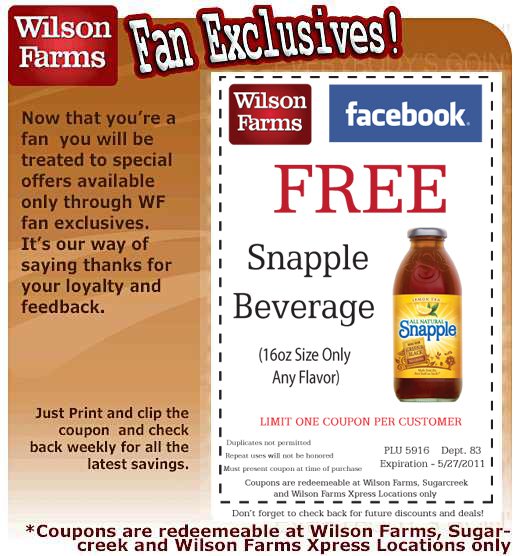
Get your Snapple Coupon here.
Snapple is currently offering a buy one get one free Snapple. All you do is log onto facebook.com/snappleand become a fan. Click on the 3rd tab know as Coupons. You will then see a snapple banner. Click on this link and you will have your instant coupon.
Get yours today. Buy a snapple for yourself and your friend gets one free! Cant get any better than that!
